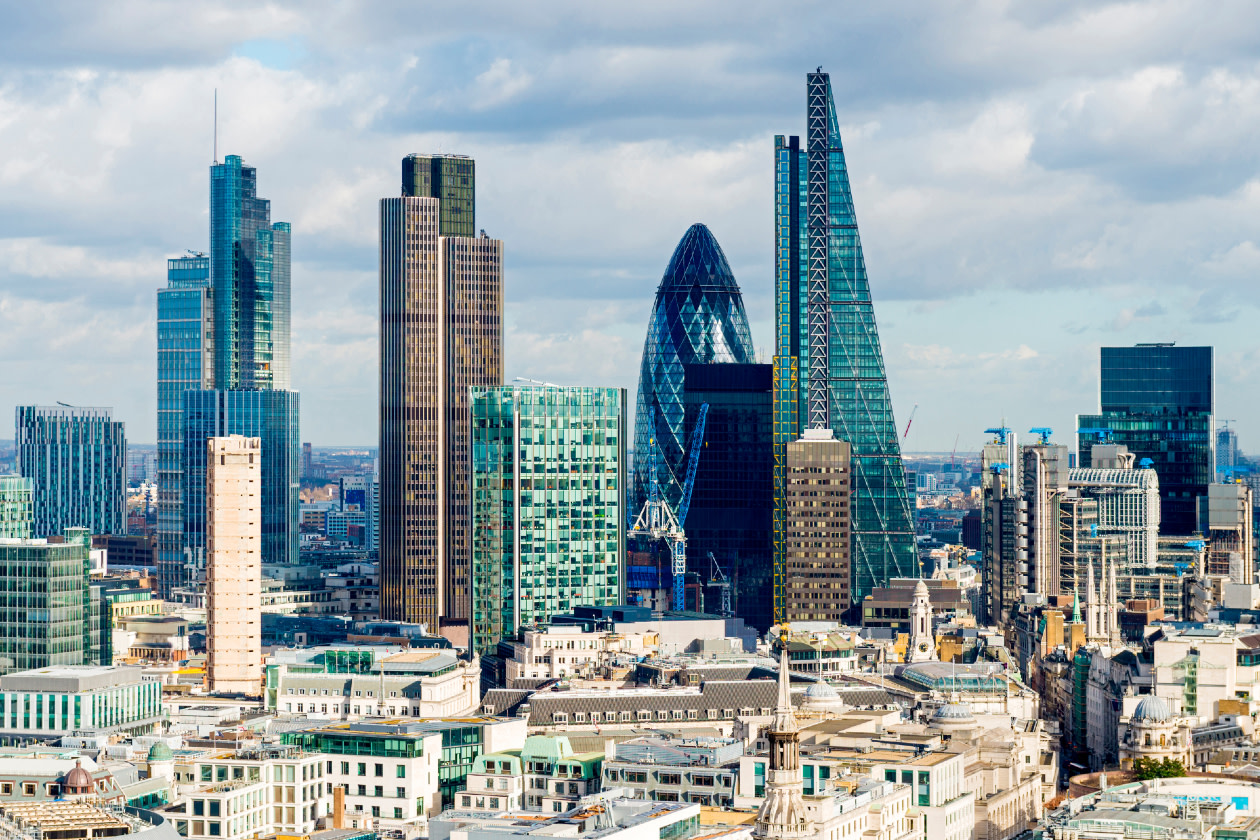Decisions by major central banks this week brought the end of pandemic-era monetary policy into closer view, but also highlighted how long the road back to "normal" will be as officials now probe for the endpoint of interest rate cuts and manage the wind-down of massive balance sheets.
The Bank of England on Thursday cut its policy rate to 5.00% from 5.25%, joining the European Central Bank, Bank of Canada and others in reducing the tight monetary policy put in place to battle the inflation that raced across much of the world as the COVID-19 pandemic snarled supply chains even as it unleashed a wave of government spending and consumer demand.
That inflation wave has now largely subsided and interest rates will be falling from here, with the world's major player, the U.S. Federal Reserve, laying the groundwork this week for its first rate cut in September.
In a policy statement on Wednesday the Fed said it was as concerned about protecting the job market as it was about inflation that is now just about half a percentage point above its 2% target. Fed Chair Jerome Powell then suggested in a press conference that rate cuts could begin in September if the economy follows its expected course.
"If we were to see inflation moving down ... more or less in line with expectations, growth remains reasonably strong, and the labor market remains consistent with current conditions, then I think a rate cut could be on the table at the September meeting," he said.
'Be careful'
A common exit from inflation-fighting and high interest rates was in doubt only a few months ago when U.S. inflation legged unexpectedly higher to start the year, delaying a Fed pivot toward lower borrowing costs that had been expected to start in June.
Yet that doesn't mean the Fed, BoE, BoC and ECB all know the path ahead - and in particular how fast or how far rate cuts may proceed.
That debate is in full swing at the ECB, for instance, with President Christine Lagarde saying the central bank's September meeting was "wide open" and a number of policymakers hinting since then at more cuts coming if data behaves as expected.
In Canada, meanwhile, the BoC has shifted gears to supporting an economy that has been underperforming recently. A third straight rate cut is now expected in September.
And in the U.S., rate futures markets have begun pricing in a not-dismissable probability that conditions will soften enough over the seven weeks to the Fed's next meeting to warrant a half-percentage-point rate cut, rather than just a quarter-percentage-point move.
The post-pandemic world, many economists, feel, may be marked by higher trend inflation, less integrated global markets, and a massive government debt hangover. Those are all reasons why central banks may need to keep rates higher than through the decade before the pandemic - also leaving less scope to cut.
BoE Governor Andrew Bailey nodded to just that possibility after UK central bank officials narrowly approved a first rate cut by the slimmest of margins.
In a statement alongside the decision, Bailey said: "We need to make sure inflation stays low, and be careful not to cut interest rates too quickly or by too much."
BOJ's own direction
The Bank of Japan is on the same journey from the opposite direction, raising rates this week in a sign of confidence that its unique experiment in aggressive central banking, with negative interest rates and direct efforts to manage yields on long-term government bonds, has pulled the country away from the risk of stagnation and falling wages and prices.
Yet the end is the same: Determining what "normal" economics looks like after a period when many long-held truths appeared to break.
Powell on Wednesday noted that the 0.7 percentage point rise in the U.S. unemployment rate since last summer was close to triggering a widely touted rule of thumb - the Sahm Rule - that would indicate the country is already in recession.
U.S. Treasury yields - with benchmark shorter-dated maturities yielding more than longer-dated ones for more than two years now - have been flashing a recession warning as well.
Yet growth and consumer spending are strong, the jobless rate, at 4.1%, is low by historical standards, and there are few signs of widespread stress.
Noting all that, Powell said he thought the risk of a downturn right now was low.
"This pandemic era has been one in which so many apparent rules have been flouted, like the inverted yield curve, for starters. So many, many pieces of received wisdom just haven't worked," Powell said.
That is why the first rate cut will only be the start of a journey as central bankers look to shape their still-bloated balance sheets and interest rate policies for realities they don't fully understand.
"Policy rates would move down from here, but I don't want to try to give specific forward guidance about when that might be, the pace at which it might happen, because I think that's really going to depend on the economy," Powell said.
(Reporting by Howard Schneider; Additional reporting by Mark John in London; Editing by Dan Burns and Paul Simao)
Copyright (2024) Thomson Reuters. Click for restrictions
This article was written by David Milliken and Howard Schneider from Reuters and was legally licensed through the DiveMarketplace by Industry Dive. Please direct all licensing questions to legal@industrydive.com.

